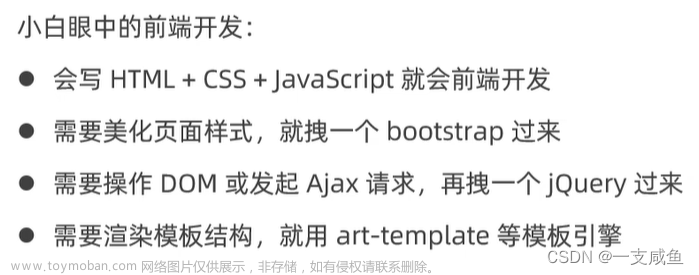前端工程化实战是指通过组织工作流程、使用工具和技术来提高前端开发效率和质量的一种方法。常见的前端工程化实践包括模块化开发、自动化构建、代码检查和测试、性能优化等。下面将简要介绍模块化开发、性能优化和组件化实践。
- 模块化开发
在 React 中实现模块化开发的方式有两种:CommonJS 模块和 ES6 模块。
CommonJS 模块化开发:
点击查看代码
// 引入依赖
const React = require('react')
const ReactDOM = require('react-dom')
// 定义组件
const App = React.createClass({
render: function() {
return <div>Hello World!</div>
}
})
// 渲染组件
ReactDOM.render(
<App />,
document.getElementById('app')
)
ES6 模块化开发:
点击查看代码
// 引入依赖
import React from 'react'
import ReactDOM from 'react-dom'
// 定义组件
class App extends React.Component {
render() {
return <div>Hello World!</div>
}
}
// 渲染组件
ReactDOM.render(
<App />,
document.getElementById('app')
)
- 性能优化
在 React 中,可以通过 shouldComponentUpdate 方法来控制组件的更新。默认情况下,每次 setState 或者 props 改变都会导致组件重新渲染。但是有些情况下,组件并不需要重新渲染,这时可以通过 shouldComponentUpdate 方法来实现性能优化。
shouldComponentUpdate 方法接收两个参数:nextProps 和 nextState,表示组件将要更新的 props 和 state。shouldComponentUpdate 方法返回一个布尔值,如果为 true,表示组件需要重新渲染,如果为 false,表示组件不需要重新渲染。
举个例子,实现一个只有在 props.count 变化时才重新渲染的组件:
点击查看代码
class Count extends React.Component {
shouldComponentUpdate(nextProps, nextState) {
return nextProps.count !== this.props.count
}
render() {
return <div>{this.props.count}</div>
}
}
- 组件化实践
组件化是 React 的核心思想之一,能够将页面拆分成多个独立的组件,每个组件只需要关注自己的逻辑和样式。在实践中,可以将组件拆分成 UI 组件和容器组件。
UI 组件:只关注展示和交互,不关心数据来源和数据变化。
点击查看代码
class Button extends React.Component {
render() {
const { onClick, text } = this.props
return <button onClick={onClick}>{text}</button>
}
}
容器组件:负责管理数据和业务逻辑,渲染 UI 组件。文章来源:https://www.toymoban.com/news/detail-409909.html
点击查看代码
class App extends React.Component {
constructor(props) {
super(props)
this.state = { count: 0 }
}
increment() {
this.setState({ count: this.state.count + 1 })
}
render() {
return (
<div>
<Button onClick={() => this.increment()} text={`Count: ${this.state.count}`} />
</div>
)
}
}
以上就是前端工程化实战中 React 的模块化开发、性能优化和组件化实践的简单介绍和示例代码。文章来源地址https://www.toymoban.com/news/detail-409909.html
到了这里,关于前端工程化实战:React 模块化开发、性能优化和组件化实践的文章就介绍完了。如果您还想了解更多内容,请在右上角搜索TOY模板网以前的文章或继续浏览下面的相关文章,希望大家以后多多支持TOY模板网!












